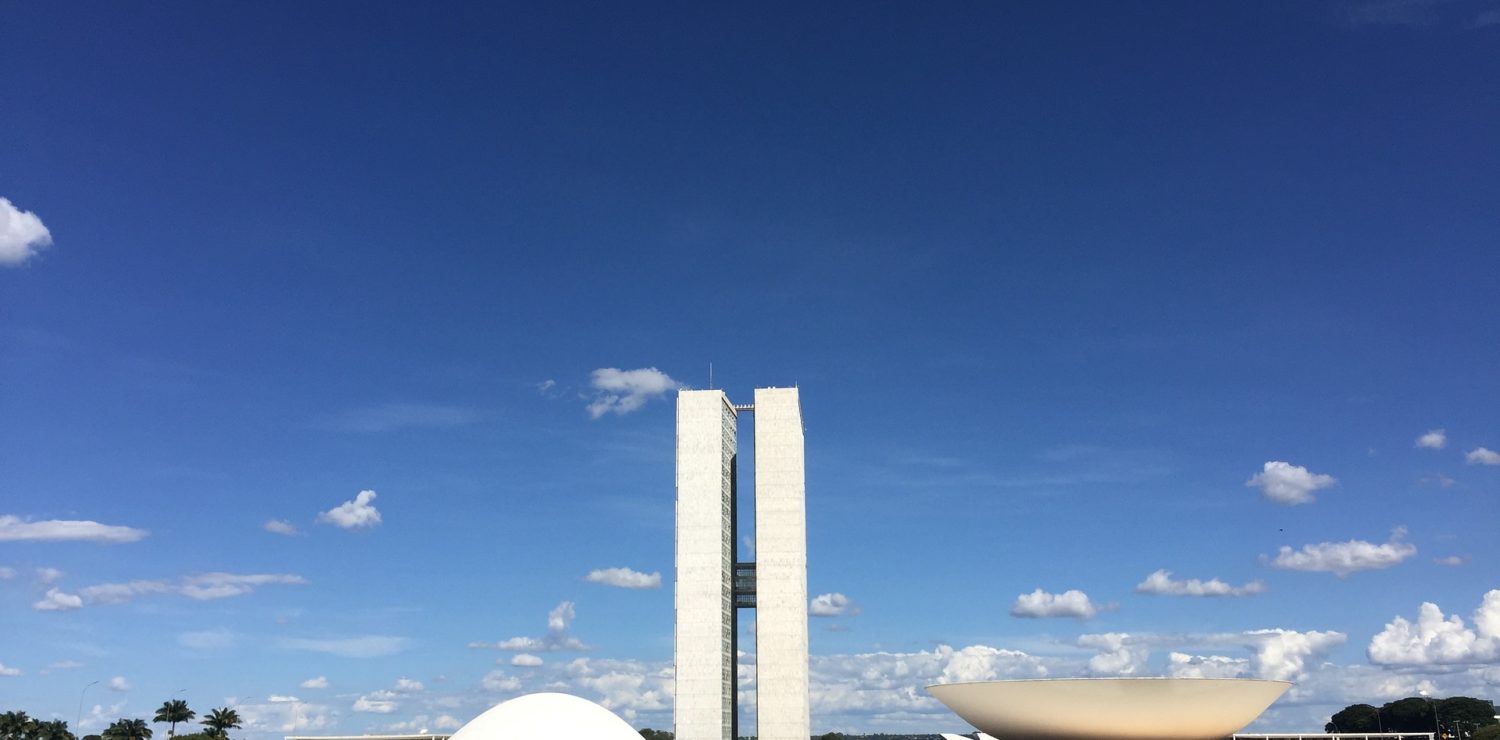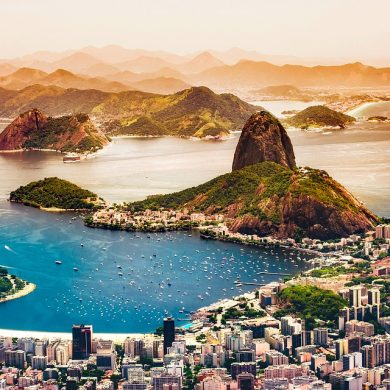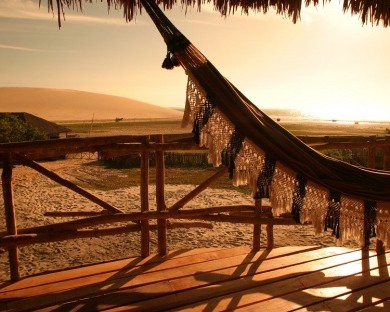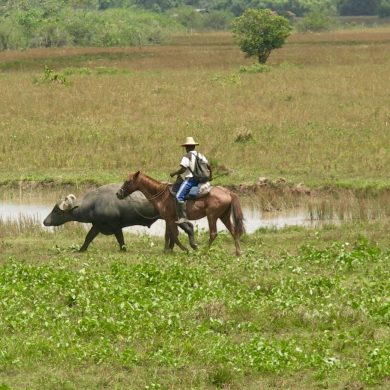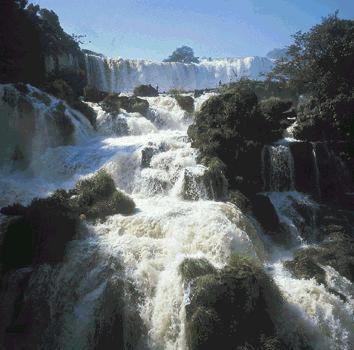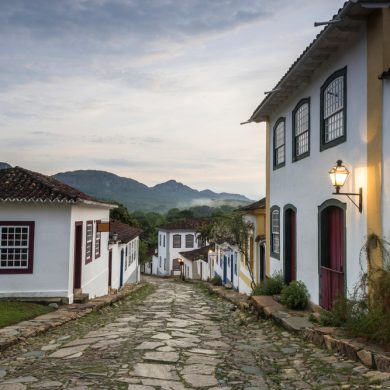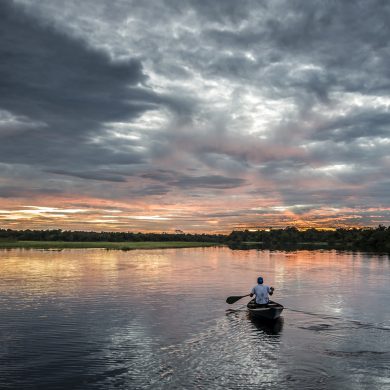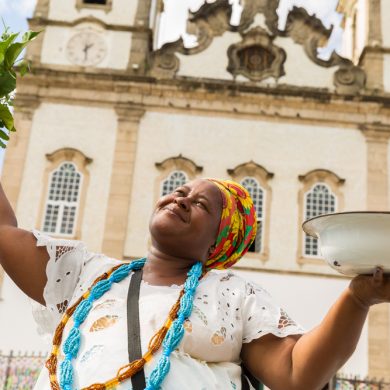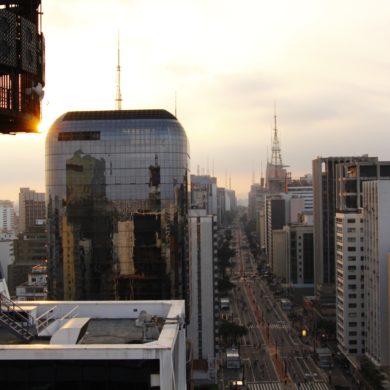Visit Brasilia, the political and administrative capital of Brazil, a perfect travel destination for all lovers of heritage and modern architecture.
The center of Brasilia is an extraordinary place, which offers without doubt, the most beautiful and futuristic 1960’s architecture in the world. Add Brasilia to your Brazil vacation packages and find yourself in the heart of the largest country in Latin America. The city seems to be from a classic science fiction film. It occupies a geographically central position in the country, idealized since the 1891 constitution, with the aim of ending the age-old rivalry for power between São Paulo and Rio de Janeiro. This location means that most travelers who come to Brazil normally have a connection going through its Presidente Juscelino Kubitschek International Airport. The perfect opportunity for a stopover to discover the Brazilian capital and its unique architecture!
The heart of Brasilia is called Plano Piloto (Pilot Plan). Designed by the architect Oscar Niemeyer and the urban planner Lúcio Costa, it is unlike any other city center, exhibiting structures with bold designs of concrete, glass and steel housing the entire administrative machine that is the Brazilian government. When we visit Brasilia, we find ourselves immersed in the heart of the utopian and futuristic vision of Modern Architecture of the late 1950s. The Brazilian capital is undoubtedly the best example of a certain vision, typical of this period. Specifically the post-war period where progress and modernity were magnified. It is a large-scale implementation of the concept of a functionalist city dear to Behrens and Gropius, softened by a certain echo of poetry with the work of Le Corbusier. The “superquadra,” divided into “quadra,” blocks of buildings, is thought to fulfil well-defined functions. Thus, we find the administrative buildings on one side, the homes on another, the shops on a third etc. Travelers who are interested in modern architecture and contemporary art in general, will be seduced by the capital of Brazil, unique in the global urban aesthetic landscape and a true manifestation of a certain vision of the future of humanity.
Brasília, with its vertically constructed skyward lines and wide green spaces, is a real ode to contemporary urbanism as it was conceived at the beginning of the second half of the 20th century. It is a reflection of Brazil’s ambition to become a great nation at the forefront of modernity and catch up with the technological advances of the great empires of the northern hemisphere. Although in many ways this project has not come to fruition exactly as expected, we can still see the strong image of a bold country that has surpassed many of its difficulties and risen, to rank as the 8th world economic power (IMF – 2018) in less than half a century.
During your stay in Brasilia
discover :
Praça dos Três Poderes/Three Powers Plaza
The Metropolitan Cathedral
The Presidential Palace da Alvorada

The Tour of Brasília includes:
•1 private transfer from Brasilia airport to hotel
•1 night in a double room at hotel
•A half-day private guided tour of the “Plan Pilote” with an English speaking guide – car and driver available
•1 private transfer from hotel to Brasilia airport
Brasilia, a unique architectural experience
Brasilia is a unique city in many ways. It is among others, the largest UNESCO protected site in the world at 112.25 km². But also the youngest capital city in the world.
A city that grew almost on the spot, Brasilia was born of a crazy bet by the then Brazilian president, Juscelino Kubitschek, faithful to his “50 years in 5 years” program, to bring an entire city out of the country in less than 1000 days. Situated in the heart of the vast plains of “Cerrado,” the savannah typical of inland Brazil, the construction began in 1956. To build it, the “Candangos,” poor workers who came mainly from the deprived areas of the Nordeste, worked tirelessly under harsh conditions, something akin to modern slavery, with up to 18hr days. It is this titanic work that allowed the city to be inaugurated on April 21, 1960, to the admiration of the rest of the world.
The city is organized according to a very strict plan conceived to rationalize the movement of its inhabitants and not to hinder traffic. Called the “Pilot Plan,” this cross-shaped structure whose horizontal axis (Eixo Rodoviaro) is curved, forms a shape that looks like a plane seen from above. The east / west perpendicular axis, called Eixo monumental, ends with the famous “Three Powers” square, around which the buildings representing these three powers are organized.
Strolling along the Eixo Monumental – one of the two main perpendicular axes around which Brasilia is organized – or between the buildings housing the administration of the Brazilian government, is a unique aesthetic experience during which you can admire the layout of the lines and ridges allied with the curves and other characteristics of the work of Niemeyer, the architect of Brazilian sensuality.
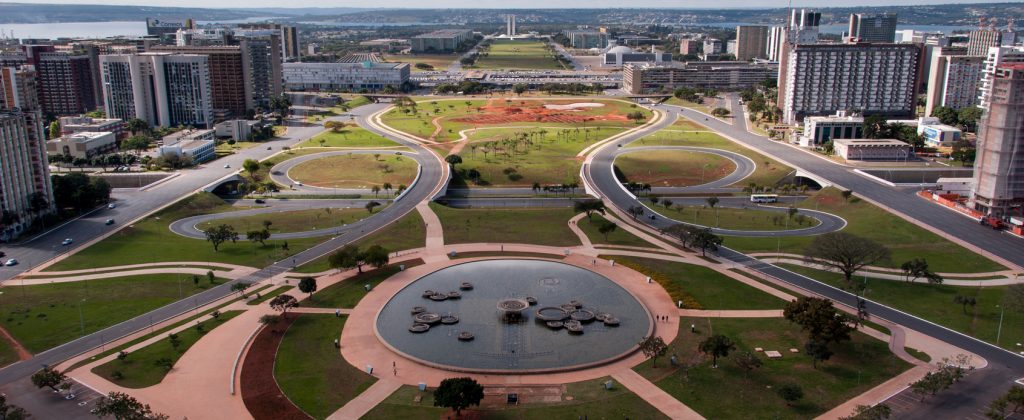
“Praça dos Três Poderes,” seat of the Brazilian government and center of Brasilia
On the west side of the Three Powers Square is the National Congress building, one of symbolic architecture: a large semi-buried pavement, with the Chamber of Deputies surmounted by a concave cupola on the one side and on the other side the Senate with a convex dome. The picture is completed by two fine towers housing offices and administration.
The Planalto Palace is the official workplace of the President of Brazil, located to the north it exhibits a lighter architecture; a large flat roof with wide edges supported by slender columns protecting glass facades.
Finally, facing the palace and south of Praça dos Tres Poderes, is the headquarters of the Judiciary. The building of the Federal Supreme Court, whose architecture is similar to the presidential palace but a little less imposing.
The tourist office of Brasilia is to the east side of the square, a very useful place for travelers needing further information. Here also is a huge Brazilian flag reaching 100 m high, dominating all the other buildings in the city. Further, you can see the “Pantheon of the homeland” and the “Eternal Flame” monuments to the glory of great men in the history of Brazil.
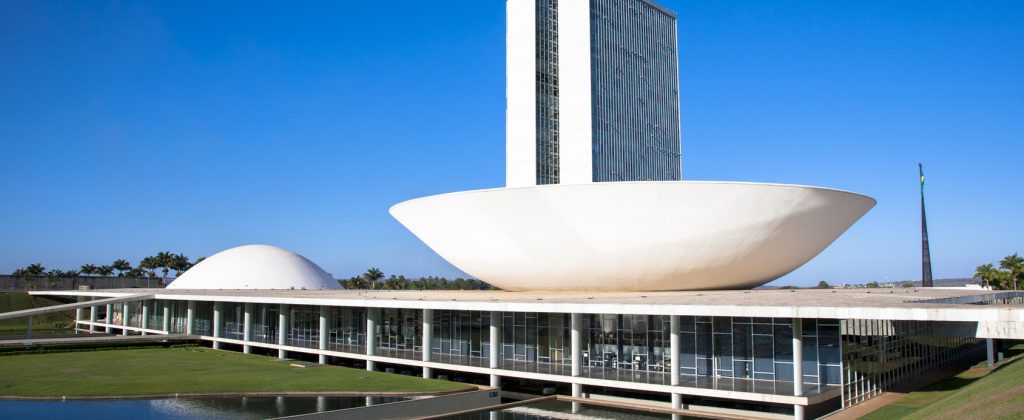
The Federal District of the Brasilia region, in the heart of the Cerrado
The Federal District (DF), is the smallest of the 27 federal states that form Brazil with its 5789 km2 borrowed from the state of Goiás during its formation in 1960.
Organized around the city of Brasilia, it has a dry tropical climate characterized by relatively stable temperatures between 16 and 26 ° C throughout the year with an average of 22°c. Paradoxically, the coolest season, the local “winter”, between early June and late August, is the driest and the best time to visit the city. In contrast, the warmer summer months are also those with the highest rainfall with heavy tropical rains accumulating more than 200 mm per month between November and February.
Isolated in the center of the country, the district of Brasilia is located on the “Planalto Central” and its average altitude varies from 600 to 1100 meters. The relief is not very obvious but it is punctuated by geological formations called “Chapadas,” these are plateaus surrounded by steep walls exceeding 500 m which stand out on the landscape. It has a low vegetation, typical of Cerrado, the Brazilian savannah. Consisting mainly of large grassy areas, this high and dense forest benefits from very favorable water conditions and serves as a refuge for local wildlife. It is populated by some of the most emblematic animal species of Brazil such as “Onça-pintada,” (the legendary jaguar), or the armadillo that served as mascot for the Football World Cup in 2014.
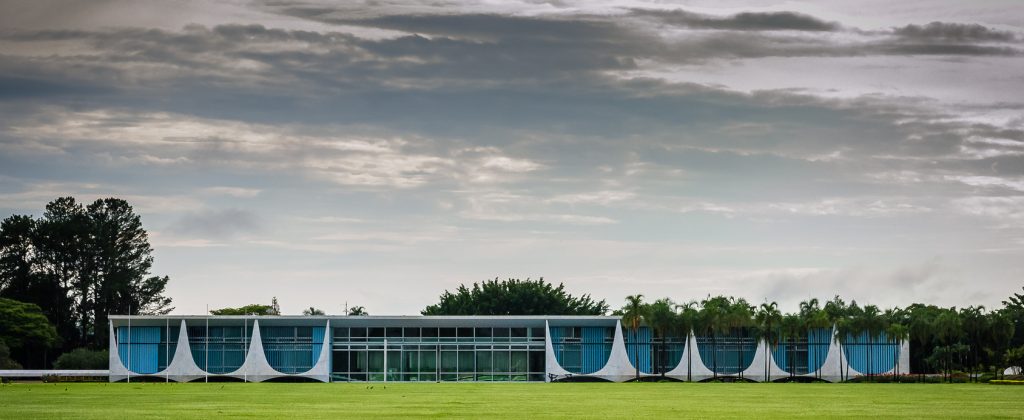
Our Brasilia Tour- Detailed Itinerary
Day 1: Brasília In
Arrival in Brasilia, transfer to the hotel to leave your luggage (check-in from 14h)
Departure for the private visit to Plano Piloto with an English speaking guide. This is the central part of the Brazilian capital created by Niemeyer and Costa. (3 hours approx.)
During the visit you will traverse the widest avenue in the world, the Eixo Monumental, to cross the city. At one of the ends, you will discover the main buildings that house the Brazilian government beside the Three Powers. These are the National Congress, the two characteristic convex and concave domes, the Planalto Palace and the Federal Supreme Court. You will also visit the Metropolitan Cathedral – Our Lady of the Apparition of Brasilia.
Throughout the discovery of the city by private vehicle, you will also admire many other masterpieces of contemporary architecture such as the Ministry of Foreign Affairs, the Pedro Calmon Theater, the imposing presidential palace of Aurora (Palacio da Alvorada) or the daring Juscelino Kubitschek bridge.
You will also have the opportunity to admire statues and other works of art such as Bruno Giorgi’s “Os Candangos” sculptures, statues of justice or the UNESCO monument.
Night at the hotel.
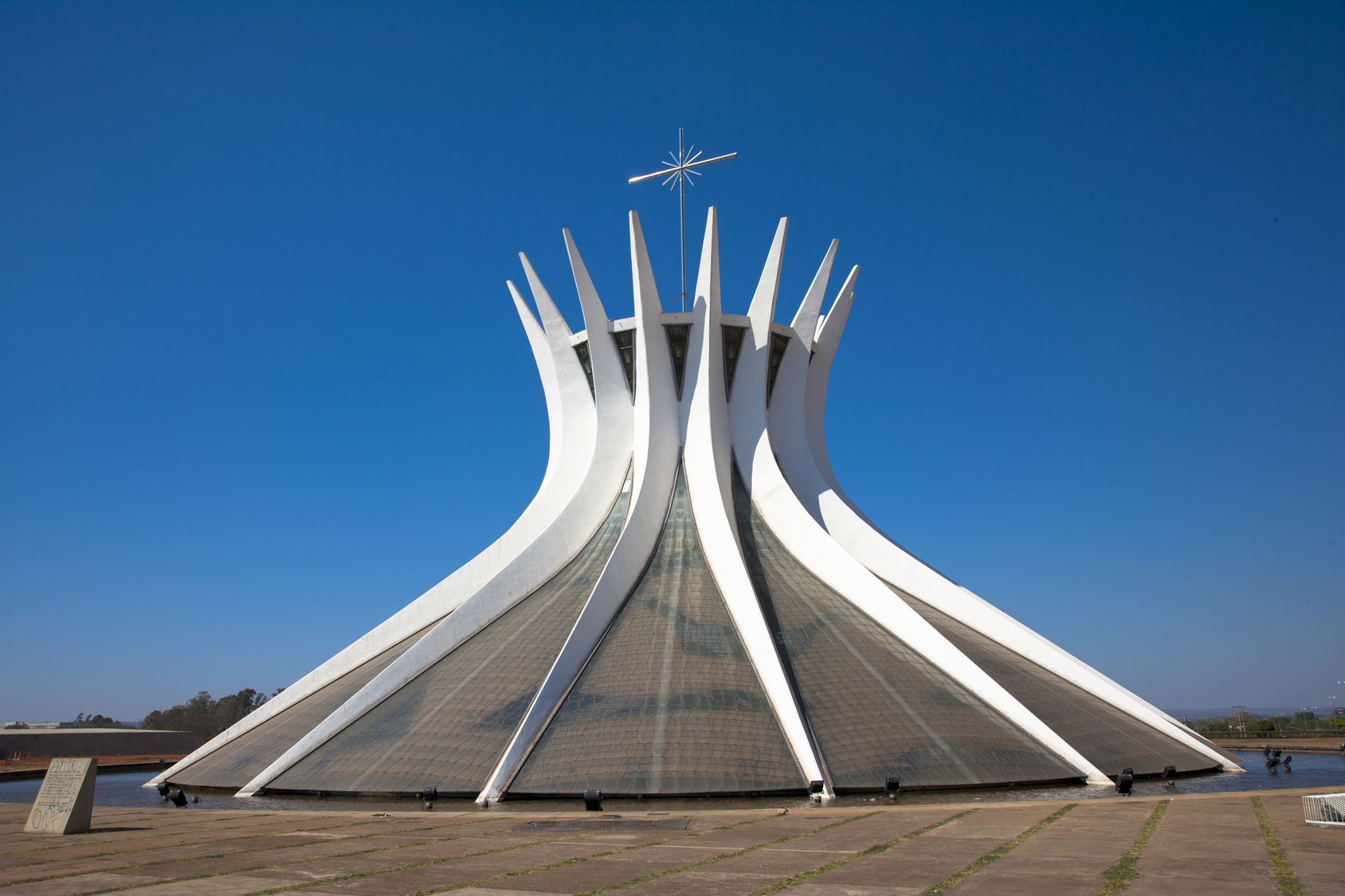
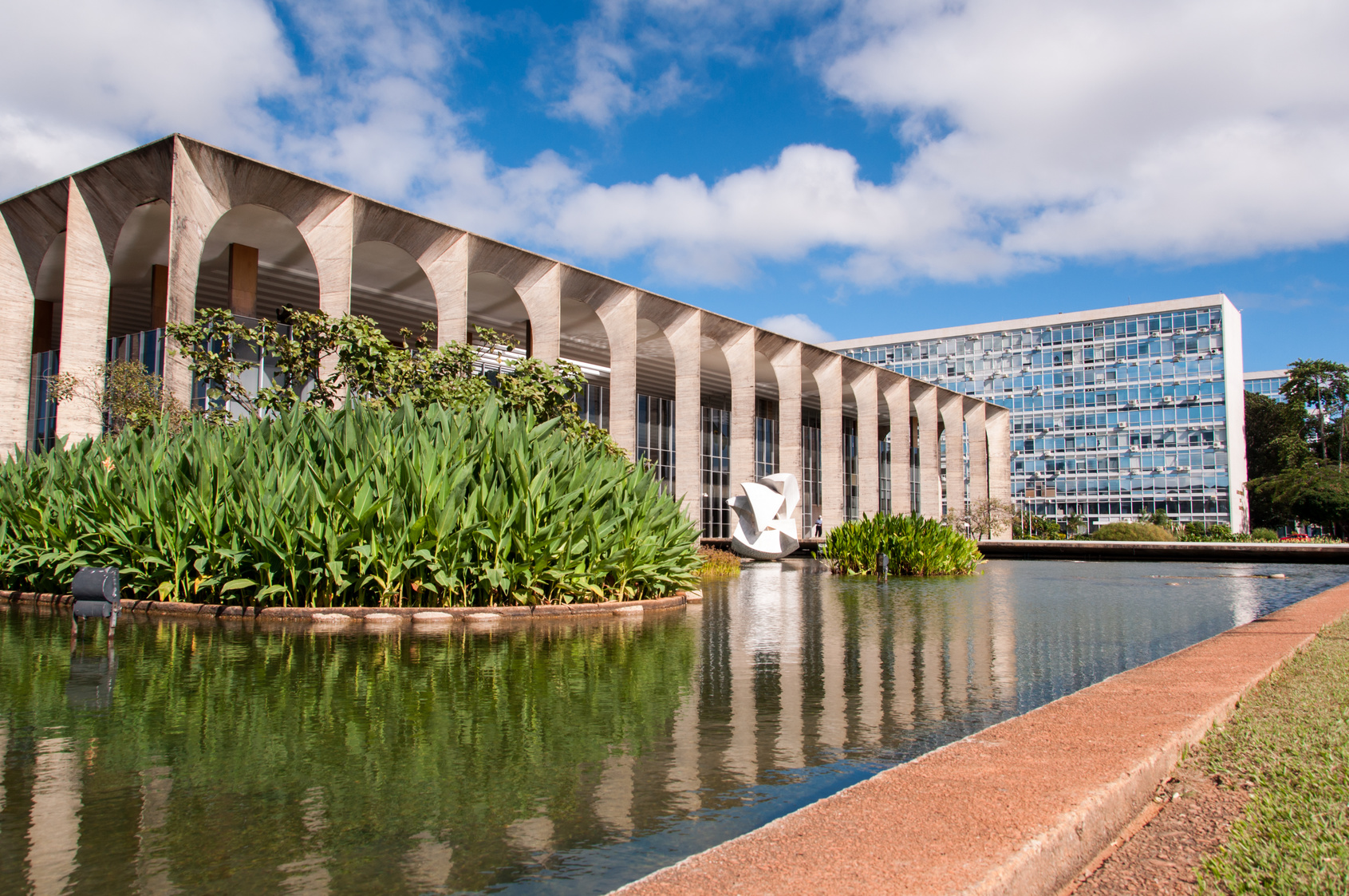
Day 2: Brasilia out
Buffet breakfast at the hotel.
Free morning. Check out at noon, if needed the front desk will hold your luggage.
Depending on the schedule of your flight, there is the option to discover one of the parks that surround the city such as the Botanical Garden or Parque da cidade Dona Sarah Kubitschek , one of the largest urban parks in the world at 42,000,000 m².
Private transfer to the airport for your flight.
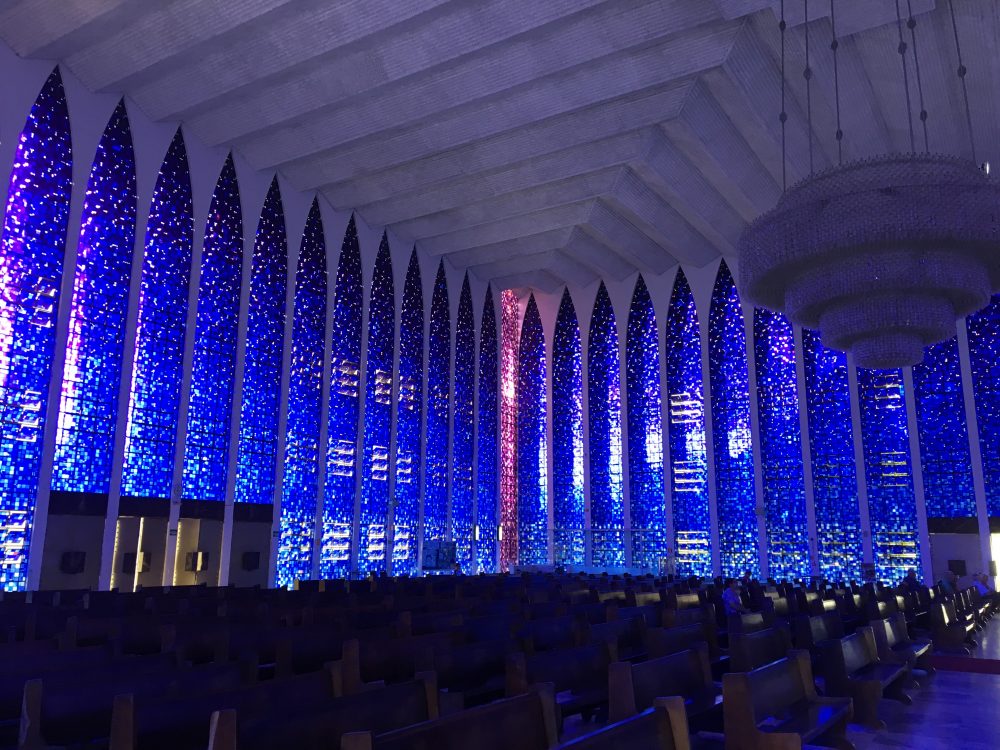
Accommodation in Brasília
Hotel Grand Mercure Eixo Monumental (Standard & Superior)
The Mercure Eixo Monumental hotel is ideally placed in the heart of the Plano Piloto, a very short walk from the intersection between the Eixo Monumental and Eixo Rodoviaro, the 2 main avenues. A beautiful modern hotel, completely renovated recently in a contemporary style combining aesthetic design and pleasant colors. It has a stunning swimming pool and a full gym. A quality address offering comfortable accommodation that facilitates access to all important points of the city thanks to its location.
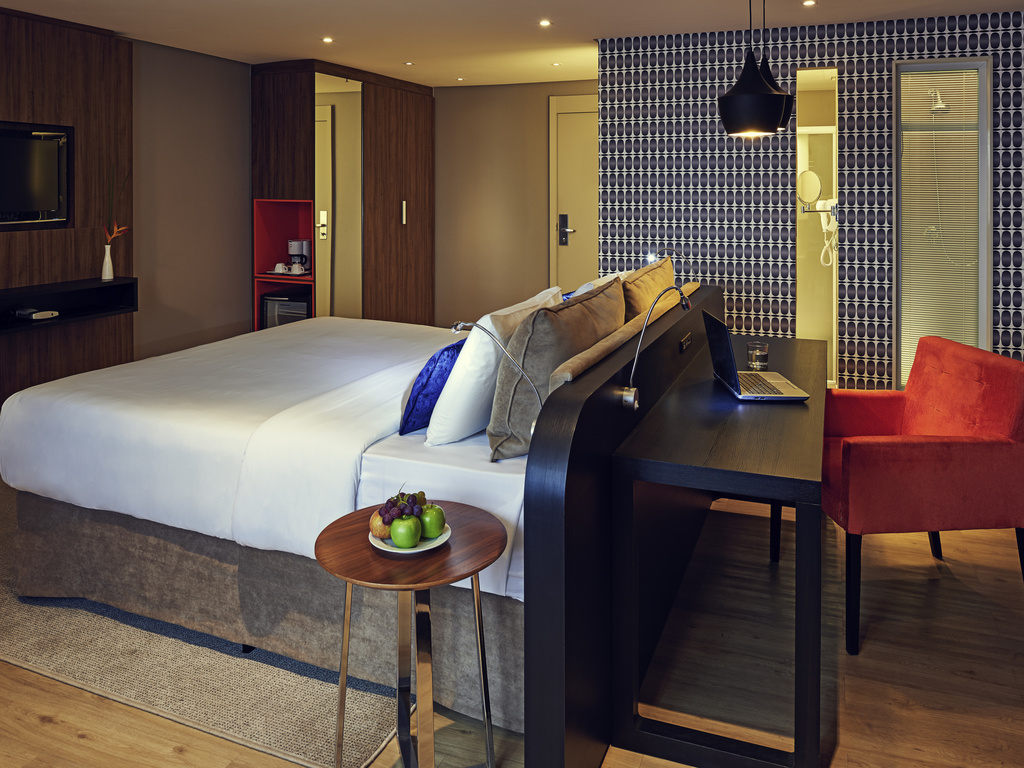
Price for double rooms during the stay:
Catégorie supérieure : Base 2 personnes 284$ /pers – Base 4 personnes 225$ /pers
Prix basse saison de l'année en cours, donnés à titre indicatif et ne valant pas devis
Top Brasilia FAQs
When is the best time to travel to Brasilia?
The best time to travel to Brasilia is in May. In May the dry season has just begun, so the weather is improving and the shrubs, flowers and plants that form the many gardens in the city are blooming. Anytime between May and September, (known as the dry season) is a great time to visit the city. July and September are the hottest and most humid months in the city of Brasilia, and the temperature during this time normally drops sharply at night. From October to February is the rainy season so you may want to avoid these months if you want to avoid the rainfall. The average annual temperature in Brasilia is 21.2°C.
Special Events
Festival de Brasília do Cinema Brasileiro (The Brasilia film festival) takes place in January and in 2020 will happen from 16/01/2020 until 26/01/2020. Winners are presented with the Troféu Candango and cash prizes for various categories of Brazilian films and short – films. The Porrao do Rock is a rock festival featuring national and international heavy rock and metal acts that takes place each year, usually in August.
What are the top places to see in Brasilia?
Brasilia is a city known for its architecture and futuristic design and atmosphere. Much of the famous work worth seeing is located in the Plano Piloto area of the city. The Plano Piloto is the centre of the city of Brasilia and originally the city was designed within these confines. Here you can see the Eixo Monumental or the Monumental Axis, which is one of the widest avenues in the world featuring a six-lane boulevard at 250m wide. At one side of the Eixo Monumental you will find the National Congress, Planalto Palace and the Federal Supreme Court on the Praça dos Três Poderes (The Square of Three Powers). Designed by Oscar Niemeyer, the massive twin towers, the white dome made of concrete and the white concrete bowl are famous architectural symbols of the city.
Whilst in Brasilia it is worth paying a visit to the Metropolitan Cathedral (Our Lady of the Apparition of Brasilia). On the square outside you can see the 3m tall bronze statues of the four evangelists. Whilst entering the cathedral through a dark tunnel you will pass under a 12-meter wide reflecting pool that surrounds the roof of the cathedral, this serves to cool the cathedral during hot weather! There are many points of interest that surround the cathedral and your guide will be able to inform you on the history of the different pieces that make up this majestic space. The Palácio da Alvorada is a beautiful building that serves as the official residence of the president of Brazil.
The Pedro Calmon Theater is also a splendid piece of architecture, well worth seeing on your trip to Brasilia. For those who want to find more green amongst the utopian atmosphere head to the Botanical Gardens and Parque da cidade Dona Sarah Kubitschek, one of the largest urban parks in the world at 42,000,000 m². Whilst in Brasilia, be sure to visit the famous works of art such as Bruno Giorgi’s “Os Candangos” and the UNESCO monument.
